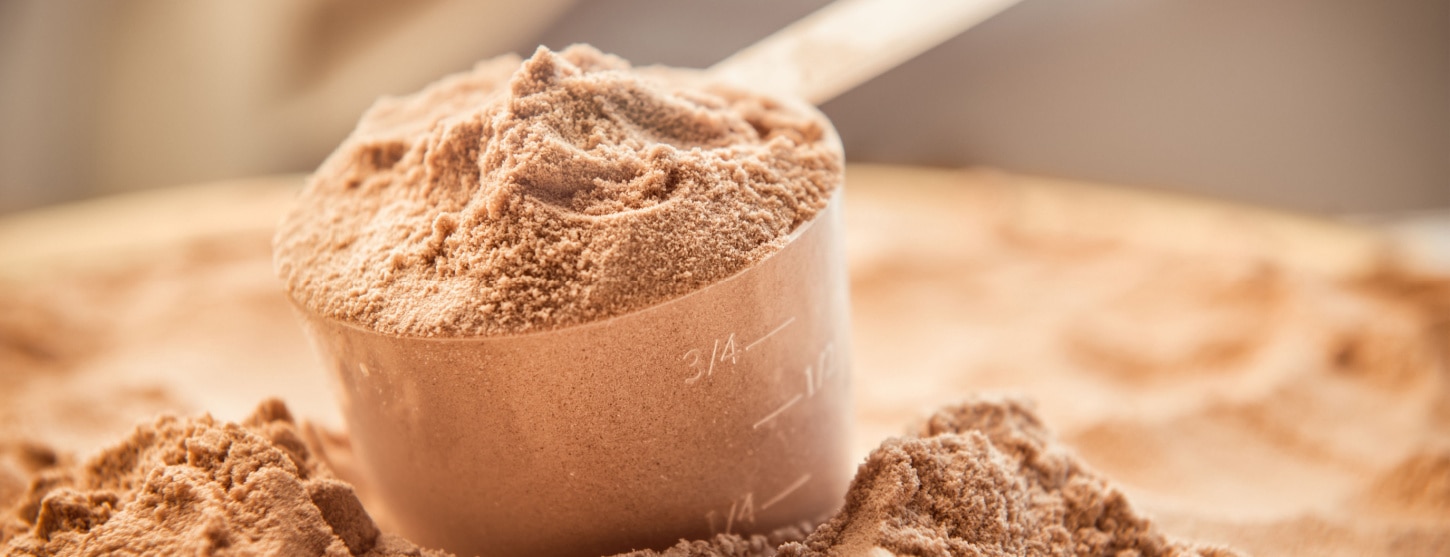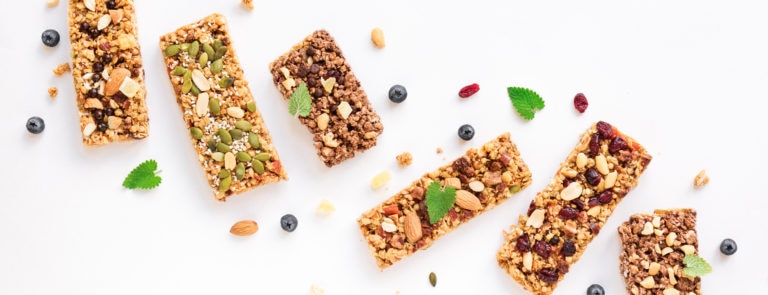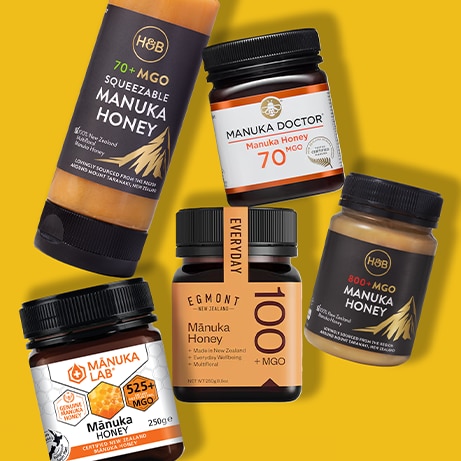15% off £25 or 20% off £35
Code:BASKET
Whey isolate vs. concentrate: what's the difference?

Just starting out on your fitness journey? We’re here to break it down and demystify the science behind your scoop of whey
Summary
1What is whey protein?
Whey is a high-quality protein that’s a by-product of the cheese or yoghurt-making process...
2What are the different types of whey protein?
There are three main types of whey protein: concentrate, isolate and hydrolysate...
3How to choose the best whey protein
Consider your goals, the cost of the protein and what’s in it...
Whey protein is top-tier in the world of nutrition – a high-quality protein derived from the liquid by-product of cheese and yogurt production. It’s no wonder it’s quickly become one of the most sought-after protein supplements on the market.
But let’s face it, navigating the world of whey protein can be a bit overwhelming. With so many different terms and labels, it’s easy to get lost in the jargon. You’ve probably come across protein powders labelled ‘isolate’, ‘concentrate’ and ‘hydrolysate’ but what do these terms actually mean?
What are the three different types of whey protein?
- Whey protein concentrate
Whey protein concentrate powders are created by filtering whey to remove some of the fat, lactose and carbohydrates.1 It’s then often spray-dried, leaving behind a protein-rich powder.1
Thanks to its quick processing method, whey protein concentrate is a more affordable protein supplement. Plus, it has a relatively high protein content at around 70-80%, making it a great starting point for those looking to increase their protein intake.2
However, as this protein powder retains most of its lactose, it’s not suitable for those with a dairy allergy or those who are lactose intolerant. It can be higher in calories too, so might not be for you if you’re looking for a lean protein powder. - Whey protein isolate
Whey protein isolate is made by taking whey protein through a further processing step than whey protein concentrate. This extra filtration process separates out fat, cholesterol, and lactose creating a really lean form of whey protein.3
Whey isolate can really pack a protein punch as it contains a very high percentage, usually around 90%.4 It generally has a thinner consistency too and mixes effortlessly into smoothies or protein shakes.
But it’s worth noting that whilst most of the lactose content has been filtered out during processing, whey protein isolate will still contain a small amount of lactose. So, if you have a lactose intolerance or are dairy-free, it’s best to avoid it.5 - Whey protein hydrolysate
Whey protein hydrolysate goes through a further processing step than whey isolate, called hydrolysis.6 During hydrolysis the protein bonds are broken down, creating a more soluble and digestible form of protein with a relatively high protein content (usually around 85%).7,8
Also known as hydrolysed whey protein or hydrolysed whey protein isolate, it offers a high protein content with a fast absorption rate, great for after a workout. That’s why it’s a popular choice for athletes and bodybuilders looking to up their protein intake following exercise – it'll provide your muscles with nutrients, amino acids, and protein. However, hydrolysed whey protein can be more expensive due to its extensive processing – it can also have a slightly bitter taste.
Let’s look at whey protein at a glance…
| Whey Protein Concentrate | Whey Protein Isolate | Hydrolysed Whey Protein | |
|---|---|---|---|
| Processing | Least | More | Most |
| Protein content | Around 70-80% | Around 90% | Around 85% |
| Cost | Moderate | Higher | Highest |
| Lactose level | High | Low | Lowest |
| Absorption rate | Moderate | Fast | Fastest |

What about vegan whey protein?
Unfortunately, as whey protein is derived from cow’s milk, it’s not suitable for vegans. But don’t fret... Luckily, there are many vegan protein options, like soy or pea protein powders available instead.
What’s the best whey protein supplement?
Whey protein isolate, hydrolysate and concentrate all contain the proteins your body needs to support day-to-day functions, but there’s no solid evidence to show that one is better than the other. So, when it comes down to choosing hydrolysate, isolate or concentrate, it’s really up to you and your preferences.
If you’re unsure which type of protein to choose, here are some factors to consider:
- cost: whey concentrate is more affordable and still has a high protein content
- content: if you’re looking for a leaner powder with a high protein content, then isolate or hydrolysate is for you
- your goals: if you’re looking to cut back on fats and carbohydrates, isolate and hydrolysate both contain less than whey concentrate for a leaner form of protein that’ll have fewer calories too.
The final say
We all know just how important protein is for our day-to-day lives, but this isn't always an easy task for everyone. That’s where protein supplements, like whey protein isolate, concentrate and hydrolysate, come in – a versatile, and convenient way to reach your protein goals.
Whilst each type of whey protein is unique in the way it’s made and what it contains, the jury’s out as to whether one is better than the other. So, if you’re looking to start taking whey protein, you’ll only really need to consider the cost, the content, your goals and maybe which flavour to pick.
This article provides informational advice and is not a substitute for medical care. Curated by experts for accuracy, we take great care to ensure the information is up-to-date and relevant. However, you should always consult your GP or healthcare professional before using supplements or alternative products, particularly if you have medical conditions or are under supervision.
1. Whey Protein Concentrate Commodity Fact Sheet | Agriculture and Food Security | Food Assistance | U.S. Agency for International Development [Internet]. U.S. Agency for International Development. 2023 [cited 2024 Dec 3]. Available from: https://www.usaid.gov/whey-protein-concentrate-commodity-fact-sheet
2. Luck PJ, Vardhanabhuti B, Yong YH, Laundon T, Barbano DM, Foegeding EA. Comparison of functional properties of 34% and 80% whey protein and milk serum protein concentrates. Journal of Dairy Science [Internet]. 2013 Sep [cited 2024 Dec 3];96(9):5522–31. Available from: https://www.sciencedirect.com/science/article/pii/S0022030213005134
3. WHEY PROCESSING [Internet]. Dairy Processing Handbook. 2015 [cited 2024 Dec 3]. Available from: https://dairyprocessinghandbook.tetrapak.com/chapter/whey-processing
4. Pirsa S, Sani IK, Mirtalebi SS. Nano-biocomposite based color sensors: Investigation of structure, function, and applications in intelligent food packaging. Food Packaging and Shelf Life [Internet]. 2022 Mar [cited 2024 Dec 3];31:100789. Available from: https://www.sciencedirect.com/science/article/abs/pii/S2214289421001575
5. Szilagyi A, Ishayek N. Lactose Intolerance, Dairy Avoidance, and Treatment Options. Nutrients [Internet]. 2018 Dec 15 [cited 2024 Dec 3];10(12):1994–4. Available from: https://pmc.ncbi.nlm.nih.gov/articles/PMC6316316/
6. Berenise Borges-Contreras, Martínez-Sánchez CE, Herman-Lara E, Jesús Rodríguez-Miranda, Betsabé Hernández-Santos, José Manuel Juárez-Barrientos, et al. Angiotensin-Converting Enzyme Inhibition In Vitro by Protein Hydrolysates and Peptide Fractions from Mojarra of Nile Tilapia (Oreochromis niloticus) Skeleton. Journal of Medicinal Food [Internet]. 2019 Mar 1 [cited 2024 Dec 3];22(3):286–93. Available from: https://www.liebertpub.com/doi/abs/10.1089/jmf.2018.0163
7. Mignone LE. Whey protein: The “whey” forward for treatment of type 2 diabetes?. World Journal of Diabetes [Internet]. 2015 Jan 1 [cited 2024 Dec 3];6(14):1274–4. Available from: https://www.wjgnet.com/1948-9358/full/v6/i14/1274.htm
8. Gee TI, Woolrich TJ, Smith MF. Effectiveness of Whey Protein Hydrolysate and Milk-Based Formulated Drinks on Recovery of Strength and Power Following Acute Resistance Exercise. Journal of Human Kinetics [Internet]. 2019 Aug 21 [cited 2024 Dec 3];68(1):193–202. Available from: https://pmc.ncbi.nlm.nih.gov/articles/PMC6724581/












